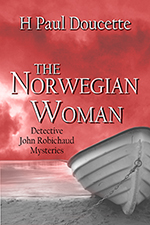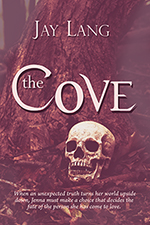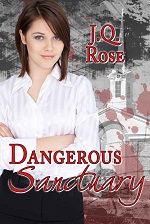I just learned, today, that Patrick McManus died. McManus was a Pacific northwest native who wrote humor columns for hunting and fishing magazines, novels featuring a woodsman named Rancid Crabtree and one-man comedy plays. Ordinarily I wouldn't read a book about hunting and fishing but his are just so much fun.
I really enjoyed the first three Stephanie Plum books by Janet Evanovich but the author is up to number 26 and the same things happen in each book. However, I just read that in November 2019, when Twisted Twenty-Six came out, it opened at number 1 on the New York Times bestseller list of combined print and eBooks. You can't argue with the success of her books but you don't have to read them, either.
I really liked Jay Len's autobiography, Leading With my Chin and Tim Conway's What's So Funny: My Hilarious Life but not a lot of others memoirs by comedians.
When the pandemic first hit and Washington State was shutdown, I started buying used books off the internet. And what I bought were published ages back, some of which were made into movies, and all of them non-fiction. Our Hearts Were Young and Gay published in 1942, spent five weeks in 1943 on the New York Times non-fiction best sellers list. It was made into a movie, a play, and was used as a codebook in World War II by German intelligence. Sometimes The Egg and I is referred to as fiction and at other times as non-fiction. It came out in 1945 and quickly hit the best sellers list. It's fallen into some into disrepute because the author didn't care for her native American neighbors and poked fun at them and some of her other neighbors. The Bishop family (Ma and Pa Kettle in the book) and a few others sued her but lost. The movie was only so-so. Cheaper by the Dozen was published in 1948 and in 1950 won the French International Humor Award. It was also made into a not-so-good movie. Hollywood seems to think it can do a better job than the authors did. Although, having said that, the movie ending of The Silence of the Lambs was much better than the book's ending.
Recently, I looked up funny books from the 1930s, 40s and 50s. I liked Cold Comfort Farm but not the Jeeves books by P.G. Wodehouse (1930s). I never read Pippi Longstocking (1940s) but I remember the Gilmore girls loved it. I think I saw the movie, Please Don 't Eat the Daisies but have no memory of the book (1950s). However, Barbara Pym's book Excellent Women (1950s) is described as "rich and amusing." So, maybe it's worth a try.
For those who remember them, Jean Shepherd, Peg Bracken and Erma Bombeck were well received in the 1960s. However, if I had to recommend a more contemporary book that is a joy to read, it would be The Sex Lives of Cannibals: Adrift in the Equatorial Pacific, no cannibals, no sex just a funny memoir. And, since few of us are flying these days, arm chair travel may be the next best thing. Maybe I'm a snob but I just don't care about a "Grammy winner recounting difficulties in her formative years," or one person's "journey listening to her inner self," or a collection of "essays on anxiety, loneliness and productivity."
Please tell me if you read these books and why you enjoyed them.










































.jpg)

.jpg)




